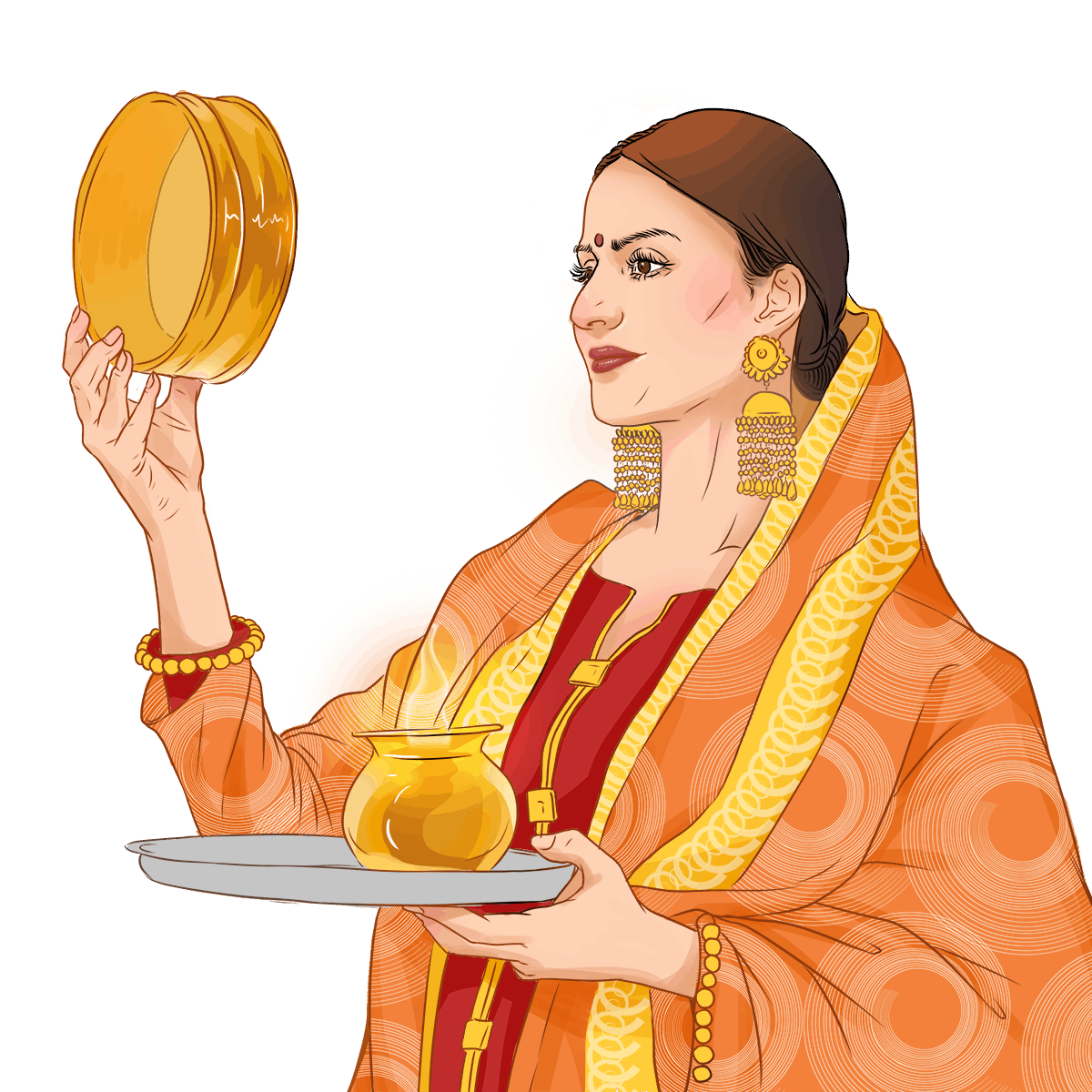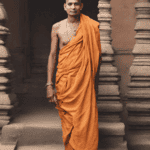It is quite interesting to uncover the meanings behind each festival in Hinduism. One of these festivals is associated with the long life of spouses primarily husbands. A Hindu wife does not just respect and adore their husband but perform a number of ceremonies for the well-being of their husbands and families. Alike to the Hindu festivals that are celebrated for the long life of their spouses. There are two main festivals celebrated in the Northern region of India by all the Hindu women who pray for their husbands to God.
The Hindu festivals celebrated for the long-life of husbands are Teej and Karwa Chauth. Hindu women keep fasts and make food and water sacrifices in order to please God to grant their husband a longer life. It is also believed that in these festivals not just married but also unmarried women keep fasts for their going to be future husband’s safety and longevity. However, it is not just for an unmarried woman to hold a fast on these festivals for their future spouses.
The mother sends gifts on the festivals of Teej and Karwa Chauth. The ceremonies are conducted in the morning hours. The baya, which contains a verity of food, is kept in a thali or plate at a place of worship anyplace where a chowk square has been decorated, the related idol or image of the Anapurna deity has been installed there. In the evenings all the guests enjoy together in singing and dancing along with the women’s prayer for her husband’s long life and children’s welfare and goodness.
Click here for some good gift suggestions from Amazon.
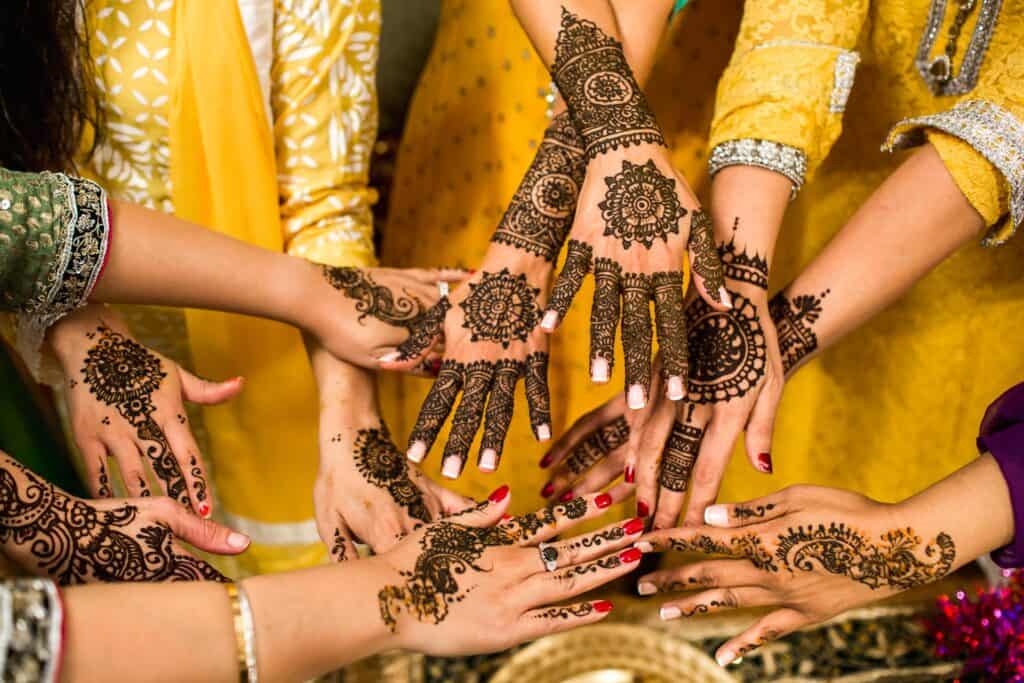
There are also few variations in the festival of Teej, not all are for husbands, some of the Teej festivals are for rain and monsoon too. Here we will see which of this Teej is responsible for the longevity and is celebrated by the Hindu woman. Also, the Karwa Chauth practices and ceremonies are eye-catching and of utmost importance.
Karwa Chauth
The festival of Karwa Chauth is one of the very important festivals celebrated by married and about to marry women across the country. Generally, Karwa Chauth always comes in between October and November as the festival is celebrated on the fourth day of the Krishna Paksh which is a full moon night as per the Hindu calendar’s month of Kartik. It is a well-known festival among the northern regions of India where women fast for the husbands’ longevity. And even girls who are about to get married fast for getting their perfect match.
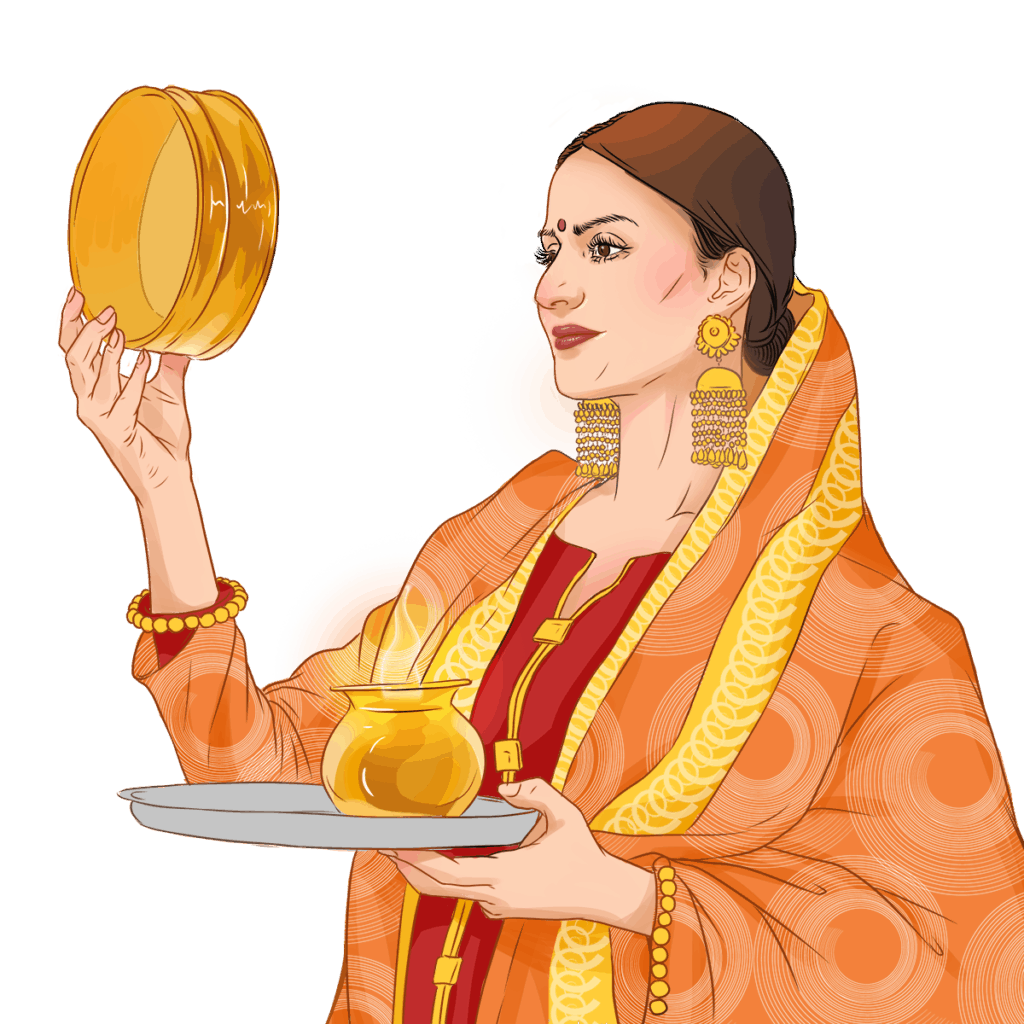
This festival does not allow women to even consume water and certain foods allowed in fasts, unlike other festivals. She cannot eat or drink water until she has seen the moon and offered her prayers. Also, during this period the people visit families and friends to greet them during the harvest time. There are different celebrations and rituals according to different customs. The basics and fasting are alike, but there are also distinctions in some aspects.
Many people are aware of the celebrations and practices but only a few know the origin of Karwa Chauth. Today it is celebrated for the wellness and long life of husband but back in ancient times, it had a completely different reason for celebration.
Earlier, a story tells us that the origin of Karwa Chauth gained more importance in Northern India. It is considered that this festival came at a time where most of the men would go on a very long journey for military projects. And so, women held fasts on this day so that their spouses are secure and lived for long.
Apart from these they mythological stories are associated immensely with the Mahabharata. If these beliefs are true it was said that Arjun had once toured to Nilgiris for self-shame. During this time, the Pandavas faced a lot of hurdles in Arjun’s nonattendance. This intensely distressed Draupadi and in pure worry, she prayed to Lord Krishna and asked him to reach out for their help.
Then Lord Krishna gave her aid by prompting as to how Parvati had observed a fast for Lord Shiva in a like situation and how it had assisted her. And then Lord Krishna asked her to do the same and she had completed it with no intake of food for a day. And the fast helped the Pandavas to fight all their hurdles and overcome them.
Haritalika Teej
Devoted to the Hindu deity Parvati, and in the honor of her unification with Lord Shiva, the celebration is well recognized for the goodness of her domestic partner and children and also the sanctification of one’s body and soul. The festival is a three-day-long festivity that blends expensive feasts moreover as a strong form of self-discipline.
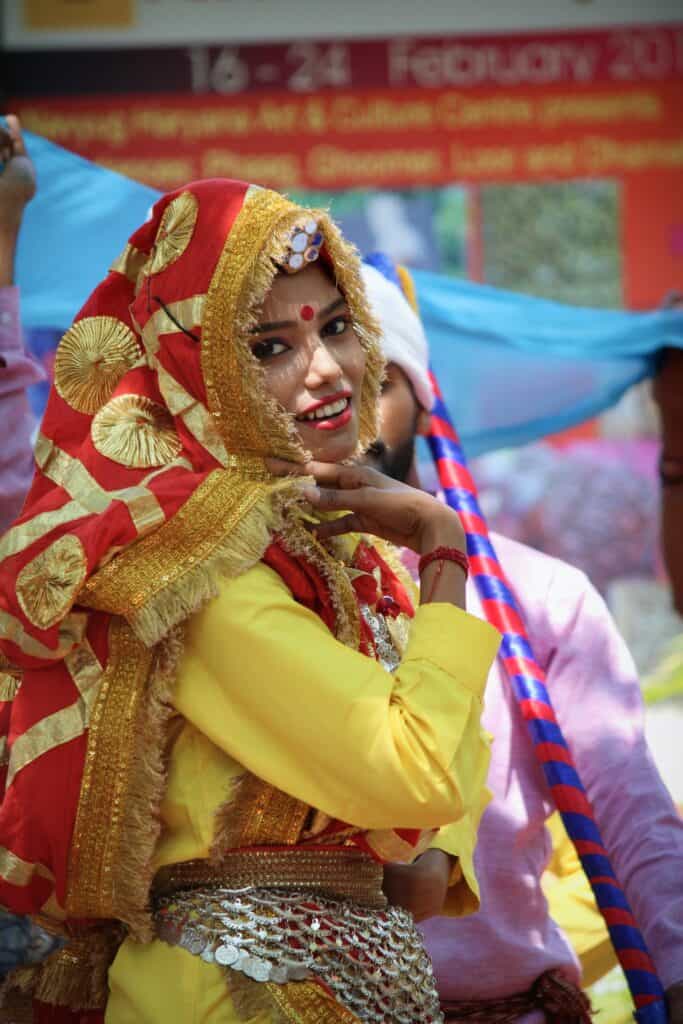
The festival of Teej is well observed and known by ladies, for the longevity of her spouse and healthy and strong bond between them in this life and for each of the seven lives they have promised to live together. It is mainly celebrated by the woman from several castes of Nepalese culture, particularly the Bahun Chettri-et-al. the festival is usually between mid of August to mid of September.
The dancing and singing add more value to the historical importance of Teej. The woman is dressed in Red and with dancing and singing proceed to the temple in holy and self-denial attitude. The festival of Teej is also known as the Haritalika Teej. This celebration is well observed by the Nepali Hindu females across the world.
As per the Hindu mythology, Shree Swosthani Bratakatha the Hindu goddess ran far from home along with her pals to the jungle as she was afraid that her husband would not be of her likeness and she would have an unhappy married life. So, she went to the jungle and began to pray to Lord Shiva to give her a husband that she would be satisfied with. And he said “tathastu” which meant that it shall happen accordingly.
That was the time when she got the spouse that she would like with the blessings of Shiva. Thus, these days is well observed by even unmarried women to get a husband of their likeness with whom they would be able to spend a happy and long married life.
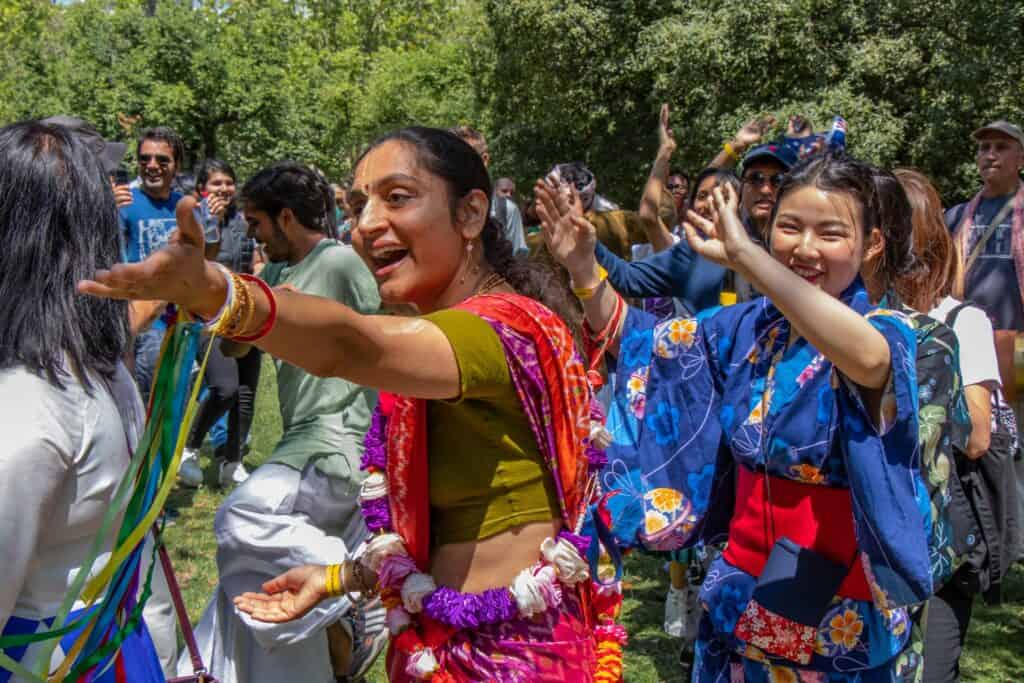
This festival is also known as the festival of sisterhood among some communities, Teej has historical as well as up-to-the-minute values as a festival to celebrate good quality times with your siblings. There are also traditional values of this festival. However, for the longevity of the husband this a three-day ceremony.
Three-day ceremony
The first day is known as the ‘Dar Khane Din’. On this day the woman dresses in their best apparels and gather together at a place. They dance and sing religious songs together. Along with this is a luxurious feast. The strange thing about the feast is that this is hosted by men. This is one of those days which gives a woman a full sense of expression. The women have used this occasion to express their pain and sorrow in the form of dance and religious singing.
In this modern age girls also use this occasion to spread awareness about discrimination and bring in change. The celebration generally goes on until the end of the day.
The second day is the day of practising self-denial. Some women do not even drink water or eat fasting foods whereas some consume fruits and water. This practice of self-control is practised by both wedded and unwedded woman.
The married women follow the self-denial strictly showing dedication to the deities to endow the longevity, harmony and prosperity of their husband and their family. Unmarried girls observe the same with the wish to get the desired husband.
They visit the Shiva temple with dancing and singing on their way. At the temple, the ladies walk around the shiva lingam which symbolizes Lord Shiva, offering flowers with prayers, sweets and coins.
The pooja is conducted with offerings of fruits and flowers to Shiva and his partner Anapurna, pleading them to bestow their blessing upon their husband and family. The important thing in this ceremony is that the lamp is supposed to be lit all night. They belief say that the light of the lamp attracts prosperity and life to their families and husband.
The third day of the procession is known as Rishi Panchami. After the ceremonies and rituals are completed, the women pay offerings to seven saints or elders, give prayers to gods, and take a bath with the red mud which is found in the roots of the holy datiwan scrub. The Rishi Panchami rotates round the purity of the ladies. And now the sin of touching through menstruation is washed from the women. All through the ceremonies and rituals, the women practice poojas and baths.
